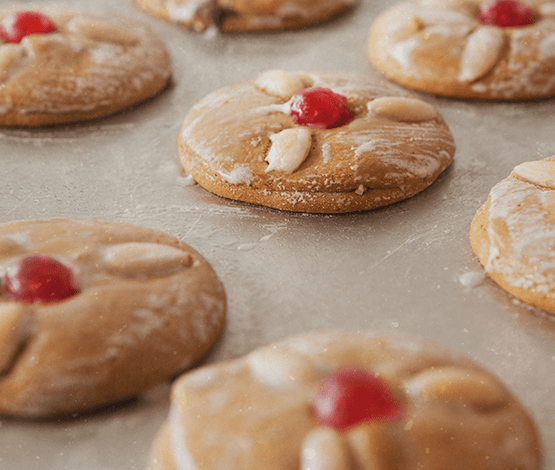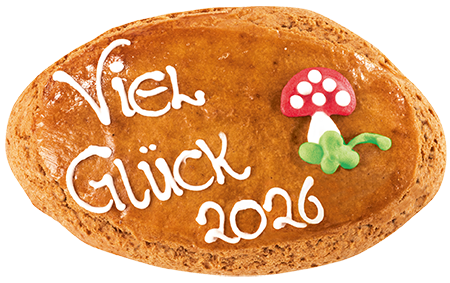The wonderful world of spices in gingerbread
What would gingerbread be without its aroma, finely composed of precious spices.
We use only select spices of the highest quality. Together with precious honey, they give our gingerbread its incomparable aroma and are a balm for taste and well-being.
Each spice is a true miracle on its own, and when combined together, it transforms into a true powerhouse. Even in the finished baked item, the fantastic properties of millennia-old spices can have a positive effect on health.
The healing power of the most important spices from our secret recipe:
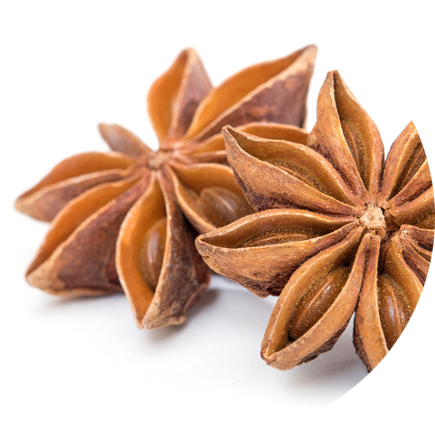
anise
Originally from Asia and the Mediterranean, it has a sweet-tart taste and a distinctive aroma. Anise was used by the Egyptians as early as 1500 BC and remains one of the most important medicinal plants in alternative medicine to this day.
The essential oil in the plant is responsible for its healing properties. The anise fruit also contains protein, flavonoids, oil, various sugars, coumarins, and vitamin C. These properties have antispasmodic, expectorant, and warming effects and are used to relieve coughs, colds, indigestion, and headaches.
In gingerbread, anise serves as a flavor carrier and is responsible for the fresh aroma and sweet, spicy note. It tastes slightly like licorice and, in combination with other spices, imparts the typical "Christmas scent."
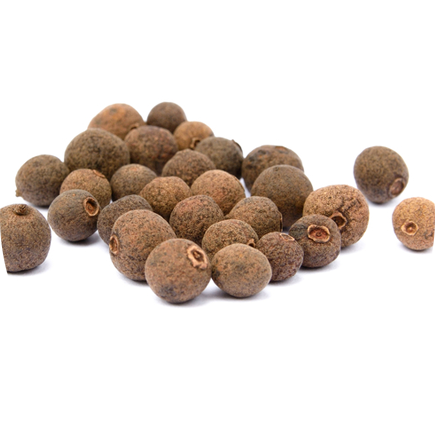
pimento
Discovered by Christopher Columbus in 1494, the best quality still comes from Jamaica, Guatemala, and Honduras. Allspice has a rich flavor of cloves, nutmeg, cinnamon, and pepper, which is why it's also called the "four spice."
Allspice is considered to be extremely beneficial to health; its essential oils are said to have a warming and pain-relieving effect, stimulate circulation and digestion, and strengthen the entire immune system.
Allspice gives gingerbread its diverse spice aroma, ranging from sweet cinnamon nuances to clove flavor and sharper spice. Just a whiff of the peppery spice is enough to unfold its intense flavor.
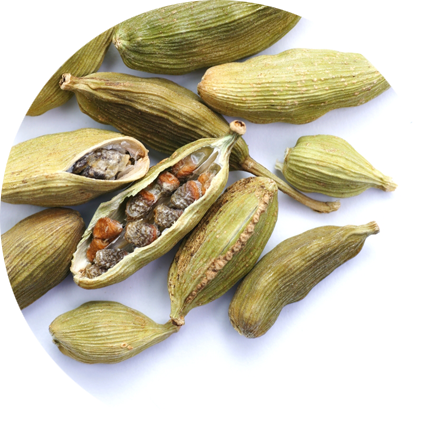
cardamom
Originally from India, Sri Lanka and Thailand, it is, along with vanilla and saffron, one of the most precious and expensive spices in the world.
It tastes sweet and spicy, very exotic, and contains a hint of eucalyptus. This characteristic makes it unique.
The healing power lies in the seed capsules, which contain a valuable essential oil. The oil's components are of nutritional importance and are considered expectorant, antibacterial, circulation-stimulating, appetite-stimulating, and mood-enhancing.
Cardamom gives gingerbread its piquant, slightly spicy aroma with hints of peppermint. It makes it easier to digest and wholesome.
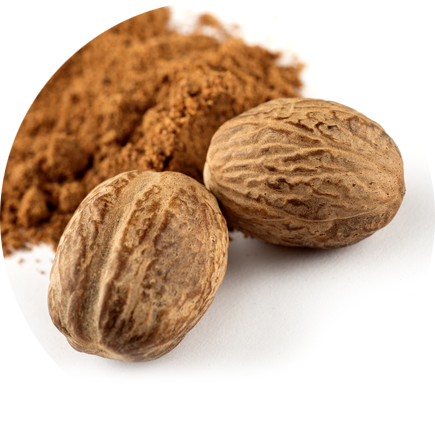
nutmeg
Originally native to the Banda Islands, the nutmeg tree is now also cultivated in Asia, South America, and Africa. Nutmeg is Grenada's main export and appears on its flag.
The intensely spicy nut and the essential oil in the seed are doubly valuable. On the one hand, the ground spice powder is said to have positive antibacterial, digestive, and heart-strengthening properties. On the other hand, the essential oil is said to promote sleep and lift mood and is also used in medicinal medicine as a natural remedy for winter depression.
Grated nutmeg is used very sparingly in gingerbread , as its own flavor can quickly become bitter in the dough. Its intense aroma and slight spiciness make gingerbread easier to digest and perfectly complement the flavor of all the other spices used.
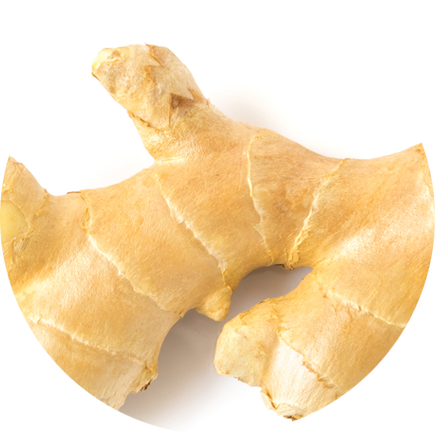
Ginger
It has been cultivated in Asia for thousands of years and also has a long history of use as a medicinal plant. The active ingredients of this tropical spice plant are found in the rootstock; they are said to have warming, anti-inflammatory, and preventative effects against high blood lipid levels and vascular diseases.
Ginger consists of over 160 different components, including iron, numerous vitamins (vitamin C and B6), calcium, potassium, sodium, and phosphorus, as well as various essential oils. Ayurveda also uses ginger to treat migraines and nausea.
As a gingerbread spice, ginger is still added to our spice blend today and used in special flavors. The contrasting spiciness of ginger is particularly interesting when combined with fruit fillings. The exotic bitterness pairs perfectly with lemon or peppermint fillings and lends rosehip a surprisingly fruity aroma.
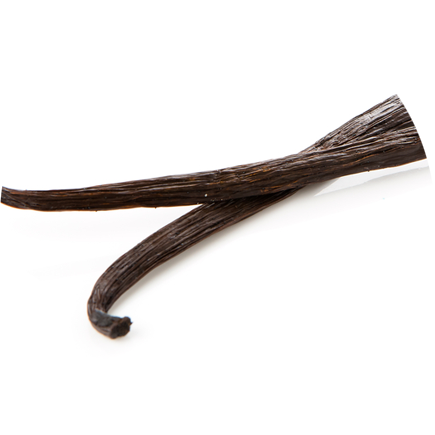
Vanilla
Originally, it grew exclusively in Mexico, making the country rich through this monopoly. Eventually, it was possible to cultivate vanilla in other countries as well; today, 50% of global vanilla production comes from Madagascar and La Réunion (formerly Bourbon).
Vanilla is considered – alongside saffron – the "queen of spices" and the second most expensive spice in the world. It is said to have extremely positive effects on the body, as well as a mood-enhancing and calming effect. Therefore, the vanilla scent is also used in candles and skincare products.
The unique flavor of real vanilla is a harmonious composition of approximately 200 natural individual substances. They taste incomparably floral, pleasantly sweet, and sweetly spicy.
In gingerbread, the pod's main aromatic compound, vanillin, is particularly prominent. It lends the spice mixture a sweet, almost intoxicating note and contributes significantly to the "flavor explosion" on the palate.
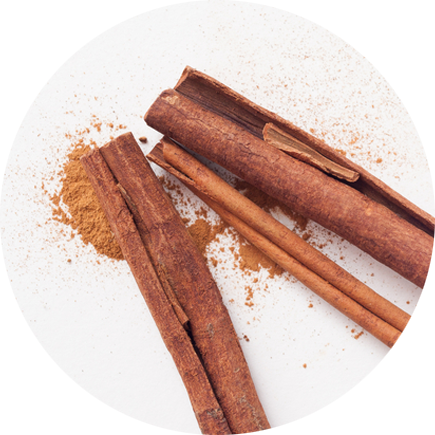
Cinnamon
It is one of the oldest spices in the world and was used in China as early as 3000 BC. Ceylon cinnamon from Sri Lanka is considered the world's finest variety today. It is highly aromatic, light brown, slightly sweet, and finely ground.
In naturopathic medicine, cinnamon is considered one of the most effective spices. It is said to help with colds, runny noses, coughs, and flu, as its essential oil has strong antimicrobial and disinfectant properties. Cinnamon contains minerals such as potassium, calcium, manganese, iron, zinc, and magnesium, as well as the important vitamin A. In the psychological realm, this rediscovered wonder spice is said to induce feelings of security, creativity, and inner peace.
Cinnamon gives gingerbread its floral fragrance and sweet, spicy flavor. The quintessential cinnamon aroma is inextricably linked to Christmas baking.
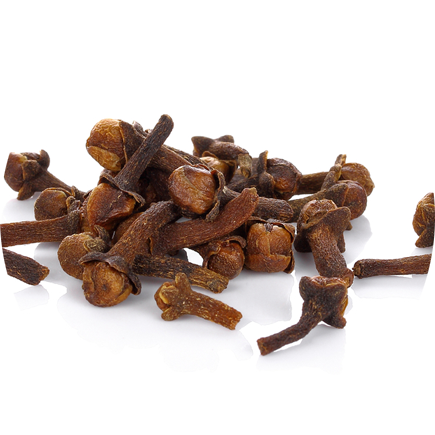
clove
The clove was already used in ancient India and was named medicinal plant of the year in 2010. In ancient China, the air was "perfumed" by slowly chewing the clove.
The essential oil it contains is responsible for its strong scent, intense flavor, and healing effects. Cloves have the highest antioxidant content and are therefore used medicinally to strengthen the immune system. Their pain-relieving properties were scientifically confirmed in 2006, and they are often used to treat toothaches.
In gingerbread, the typical spicy-sweet flavor creates an intense spice aroma with an exotic touch. The Indian-like fragrance comes from the finely ground clove heads.
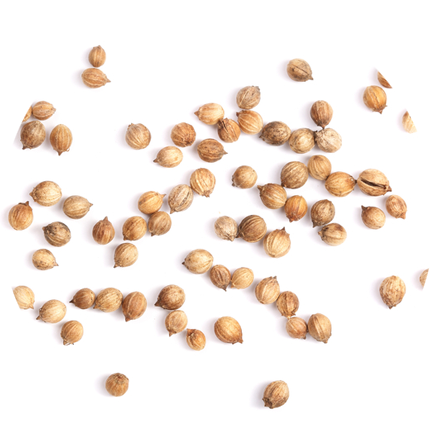
coriander
It originates from the Mediterranean region and was first mentioned in 5000 BC. It is one of the oldest culinary spices in the world and is now usually ground into curry powder.
The essential oils contained in coriander are said to have circulation-promoting and antispasmodic properties. Hildegard von Bingen also points to a digestive and antimicrobial effect, which can also improve the appearance of the skin. The secondary plant substances perform tireless cleanup work in the human body and promote the elimination of toxins.
The ground seeds are used as a spice in gingerbread . Coriander has a slightly spicy to bitter flavor and adds a piquant note to the spice mixture.
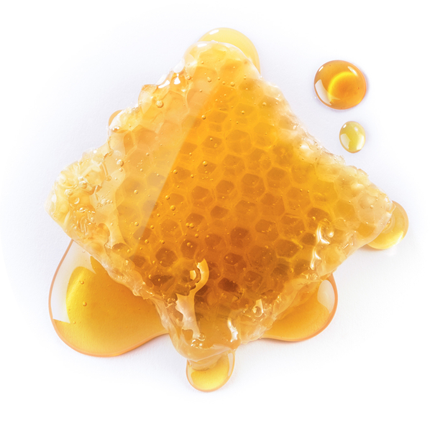
Honey
Honey is a natural wonder and consists of over 200 different ingredients. These include enzymes, fragrances and flavorings, vitamins, trace elements, minerals, acids, essential oils, and up to 22 types of sugar such as fructose and glucose, as well as antibiotic agents and proteins. The interplay of these substances makes honey so healthy and unique.
Honey gives gingerbread its golden color and naturally preserves it. It makes it honey-sweet, wholesome, and incredibly tasty, binding the ingredients in the dough without any additives or binding agents.

Our company
Find out what drives us and how important bees are to our work.

Our story
We've been writing a success story since 1846. And you can read about it.
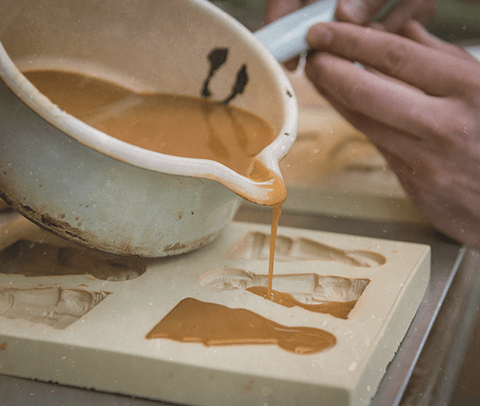
Our craft
We introduce you to the ancient craft of gingerbread maker, wax puller and mead maker.

Our ingredients
We'll tell you why 50% honey makes our gingerbread 100% delicious.
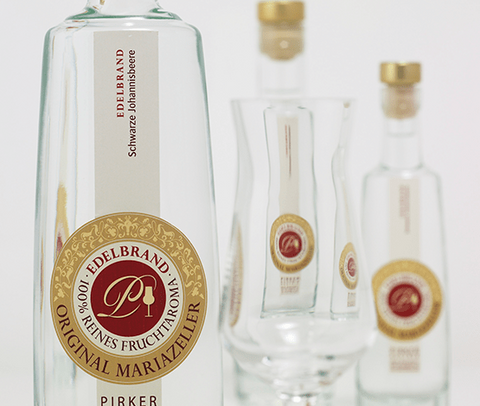
Our distillery
Quench your thirst for knowledge about our award-winning distillery.

